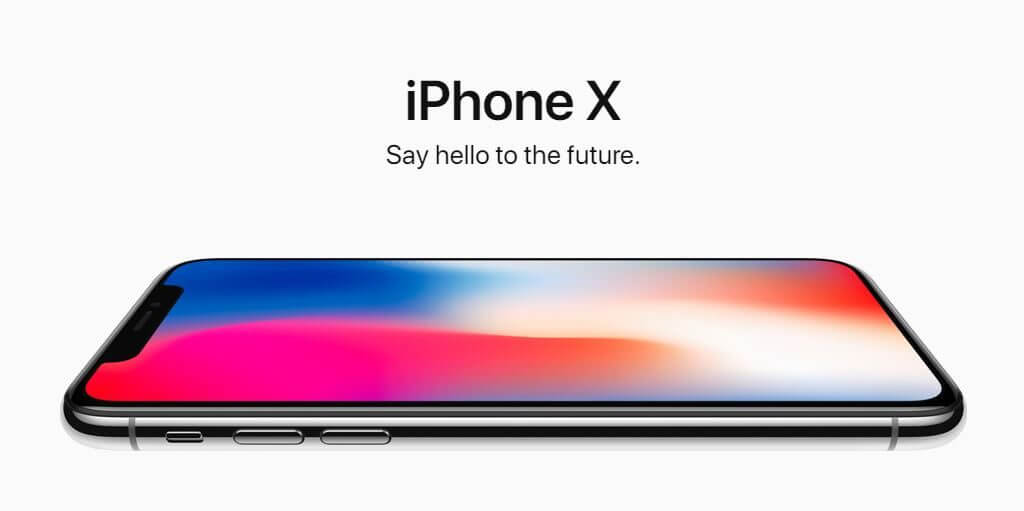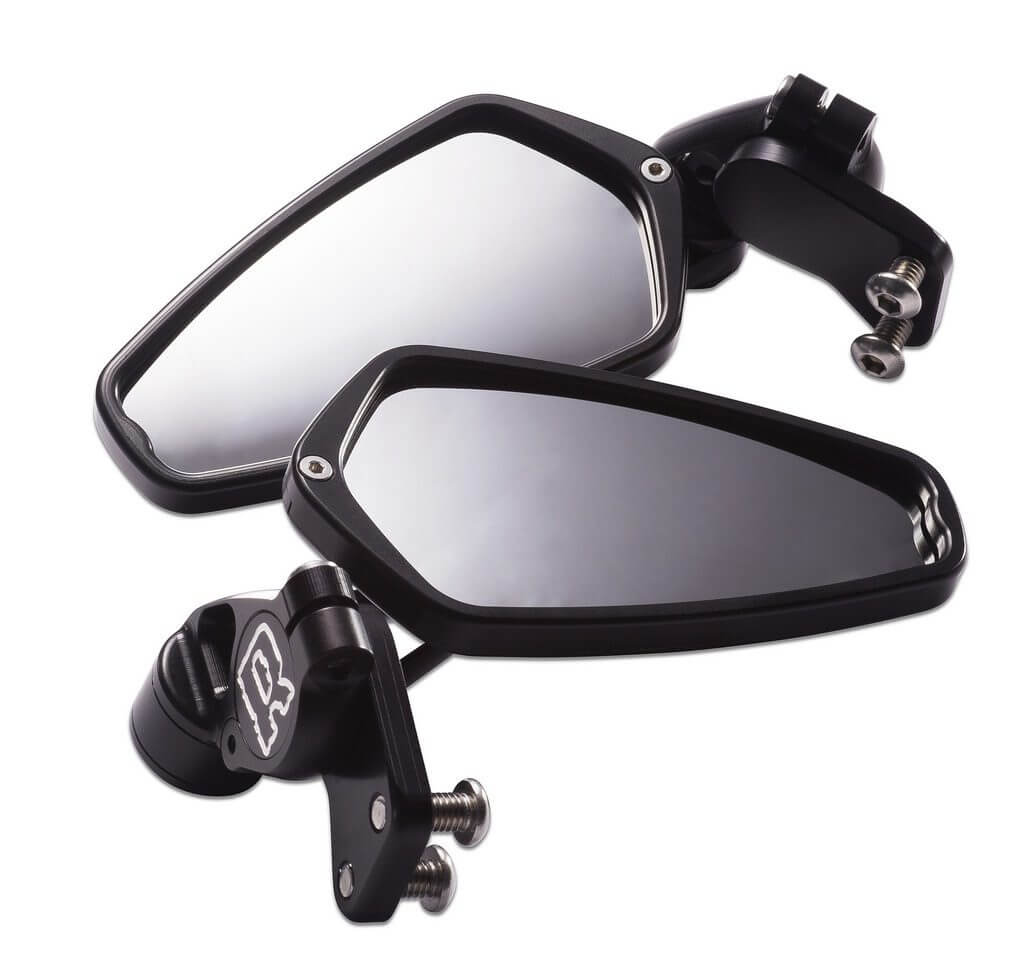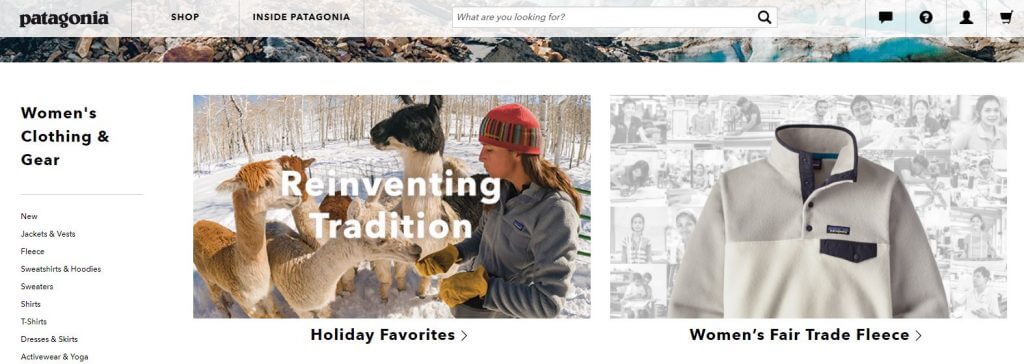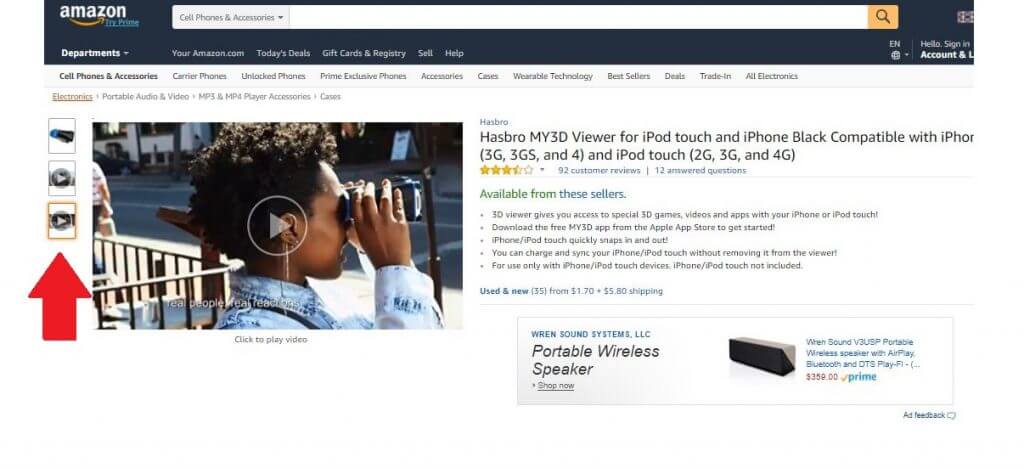Negative Reviews. Returns. Unsatisfied Customers.
Sounds like an ecommerce nightmare, right?
Unfortunately, most brands advertising products online will encounter these issues at some point in their business development.
As of 2017, more than 51% of Americans prefer to shop online and ecommerce is growing 23% year-over-year.
But without the opportunity to physically hold a product in your hand (as we often do in a brick and mortar experience), visual creative has become a vital component of the online marketing strategy.
Whether you’re advertising products via Google Shopping or selling on channels like Amazon & eBay, we live in the age of visual-first shopping.

Photography (in most cases) is the first trigger of engagement between the shopper and your product.
While pricing and product descriptions play a significant role in online shopping behavior – the quality of your product photography can be the difference between a shopper clicking on your ad or scrolling past it to view a competitor.
Misrepresenting your brand or product(s) in the two dimensional world is highly frowned upon and can lead to a number of complicated issues including negative feedback and seller suspensions.
Long gone are the days, when online shopping was considered a bit of a “gamble”.
Today, not only do customers expect to receive the item they ordered – but it needs to look and feel exactly the way it was depicted in the advertisement.
Or else…

Customer complaints like the one above are common in ecommerce across all channels and according to reports, 22 percent of returns are due to the product appearance being different than what the website displayed.
Although there is no silver bullet to ensure you will never receive a negative review or customer complaint ever again – there are a number of ways to be proactive.
Today, high quality product videos and 3D images are being utilized to not only increase conversion rates but to prevent returns due to product misrepresentation.
In the following article, we will cover the value of visual advertising, why one product photo isn’t enough, and expert tips on how you can improve your product photography.
The Value of Visual Advertising
Before we can discuss the impact of product photography on conversion rates and returns, it’s important to understand the fundamentals of why humans often prefer a “visual-first” shopping environment.
According to reports, the human mind reacts differently to visual stimuli because “the human brain deciphers image elements instantly”.
On the flip side – language is “decoded in a linear, sequential manner”.
In simple terms, what this means is that it takes most humans a longer period of time to process words than images.

The visual shopping trend not only applies to websites but it’s widespread across the entire ecommerce community from Facebook to Amazon to Google Shopping.
And who can forget Pinterest, Snapchat and Instagram – which are almost entirely built on visually appealing content.

According to a recent article from TreeFrog:
“A professional, modern looking website can immediately build trust and guide visitors to take action. When it comes to web copy, people rarely read a piece of content word for word. On the other hand, images stick with readers longer and are more likely to give you a greater return on your content investment.”
Apple’s photography is a perfect example of how to cut out “superfluous graphics” and focus on what’s important: the product.

Jen Hawkyard at Treefrog wrote:
“Just look at the shots they use; it’s nearly impossible to look at a page on the Apple site and not have your eyes focus on the products for seconds on end. There are several things that make these products look so incredible.”
“The first is that they are obviously pristine. Chalk this one up to digital imaging experts. The combination is a mixture of photography, 3D modeling and Photoshop. The next thing they do is to make them take up a huge portion of the page, which are overwhelmingly impressive.”
Of course, not every business can live up to Apple’s standards, but according to professional photographer Paul M. Bowers investing in quality product photos is absolutely essential if you want your business to thrive – especially on shopping channels like Amazon.
“As a brand, your mission is to give people enough accurate information to make a buying decision,” he said.
“If that information is inaccurate then you could get stuck with returns. Not only will those customers return your item, but they are highly unlikely to go back to that product source ever again.”
“You have to keep in mind, you’re not just selling one item, you are trying to sell the entire brand so if the customer identifies your brand as credible, they’re more likely to come back and buy more.”
Expert On How to Improve Your Product Photography
With over 30+ years in the commercial photography business, Bowers knows a thing or two about what makes a photo attractive to shoppers.
“I came from the marketing world. While most photographers were interested in taking photos of roots, rocks and their girlfriends, my trajectory was completely different. From the very beginning, I wanted to use my skill to help sell things.”
“In the early 1980’s, the level of craftsmanship required and the skill demand was very high, particularly in lighting. If the image was not perfect – there was no opportunity for post production.”
“Of course today, businesses have access to a variety of innovative advertising features including 360-degree video and interactive 3D product experience.”
5 Tips To Improve Product Photography
1. Leave it to the Professionals:
Unfortunately, many brands still make the mistake of thinking they can cut budgets and take their own product photography using accessible devices like cell phones or low level lighting gear.
“While you might be able to accurately demonstrate the product, you are not necessarily elevating your brand because the photography doesn’t look professional,” Bowers said.
“Of course, one exception to this is user generated content – which can definitely add to your brand’s credibility. But even today, user generated content has become highly specialized.”

2. Pay Attention to Lighting & Detail:
“At a very basic level, photography is a three dimensional representation of a product in a two dimensional space. You have to make the product appear three dimensional and that’s all about lighting,” he said.
“If you don’t understand lighting – you’re going to have a very difficult time. This is how you separate high quality with low quality photography, which is also reflected onto the brand. Personally, I like very simple execution (with excellent lighting, of course) to show the shape, form, and texture of the product.”


3. Maintain Consistency Across Product Line:
“You also want to maintain a similar look across your entire product line. I recommend working with the same photographer so that everything is cohesive. You should be able to recognize the brand / products even when they are taken out of context.”
4. When to Use Lifestyle vs. Product Photography:
“Product photography is all about giving the shopper enough information to make an informed decision. In this style of photography, you’re not necessarily conveying an emotion. It’s usually a very sterile environment so that shoppers can feel confident enough about the advertisement to purchase your product.”
“On the other hand, lifestyle photography is all about emotion. A successful marketing campaign is when you can establish an emotion and attach a brand name to it. For example, when you think of Patagonia – you immediately think about their lifestyle.”

“Patagonia also has some of the strongest product photography (in house studio) and very high standards. The combination of quality lifestyle photography and product photography can be extremely powerful.”
5. The Future is Video:
Without a doubt, Bowers’ final piece of advice is to invest in video.
“Video is going to be the next big thing. Not only will video explain products, it will build a relationship with the person demonstrating the product.”
“In this RevZilla video, he’s explaining a product that is pretty complicated and has a lot of functions – but he makes me feel confident that I can use a product like this.”
“This is a concept easily portable to other genres – high-credibility spokesmodels, similar to TV commercials, but with the luxury of time to establish ‘relationships’ with viewers by simplifying the understanding and use of products.”

Specifically on Amazon, there’s been a huge push for video via creative options like Amazon Stores, Enhanced Brand Content, and A++ Content.
“We’ve seen video become a bigger deal on Amazon over the past year or so as they continue to optimize the search and shopping experience,” Jordan Gisch, Marketplace Channel Analyst at CPC Strategy said.
“Currently, Sellers can get ‘related video shorts’ on detail pages by hosting a video on AWS and tagging it with related content to your product detail page. Vendors can also add a video as one of the secondary image placements on their detail page (and this is currently open as a beta for some 3P sellers via EBC).”
BLOG POST: Video Beta Opens for Amazon Sellers Within Enhanced Brand Content Tool

Final takeaways:
For brands who want to stay competitive on shopping channels, having quality product photography and video is no longer an option – it’s a necessity.
As Amazon (and other channels) continue to provide brands with new opportunities to communicate their unique story, it is now more important than ever before to invest in quality product photography (and video) rather than clean up the mess of product misrepresentations or miss out on valuable conversions.
For more on product photography, email [email protected]
You Might Be Interested In












